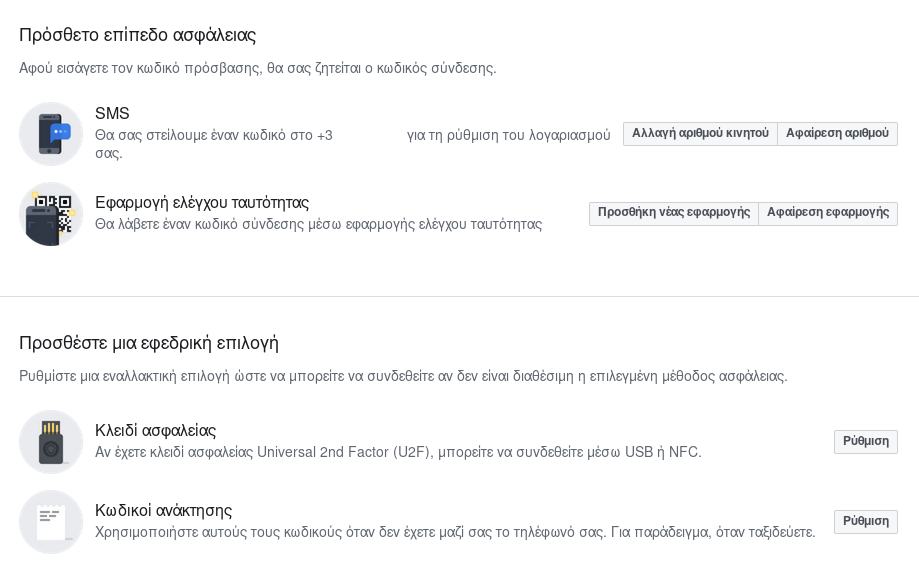If you have a Facebook profile, it doesn't matter if you use it or not, it's important to add control identity two-factor, for more security.
The social network already has an option that uses SMS to send PIN verification, but now a new feature was added that allows you to protect your account without having to enter the number of your phone.
All you need is an authentication application, such as Google Authenticator or authy.
Let's see how you can use the new one feature security. Sign in to your Facebook account, and from the Settings Security and Login path in the Two-Factor Authentication field follow the steps below.
If you do not want to do the above route, click on the link:
https://www.facebοok.com/security/2fac/settings/

Select the authentication application and you will see a QR box.
Enable the verification app (from Add New Application), give a new connection (myfacebook) and scan the QR box using the application of your choice.
Enter the six digit number code which is automatically generated on your device at Facebook's prompt

In addition to being able to remove your phone number from the base given Facebook, this method will not forward you text messages every time someone tries to hack your account.
So the next time you sign in to Facebook from a new device or after the cookies that are already stored on your device expire, you need to run the authentication application to type the code that will show you.
The addition of new security, which essentially gives you the option of withdrawing from the telephone platform, is another measure taken as Facebook, in the wake of the scandal Cambridge Analytica.
__________________________
- Microsoft Keyboard Layout Creator Build your own keyboard
- New Gmail: Where did my contacts go?
- Multiple subscriptions to the same service with a Gmail
- Windows 10 Prevent Installation of Preinstalled Apps
- Mark Zuckerberg: should he be fired?





